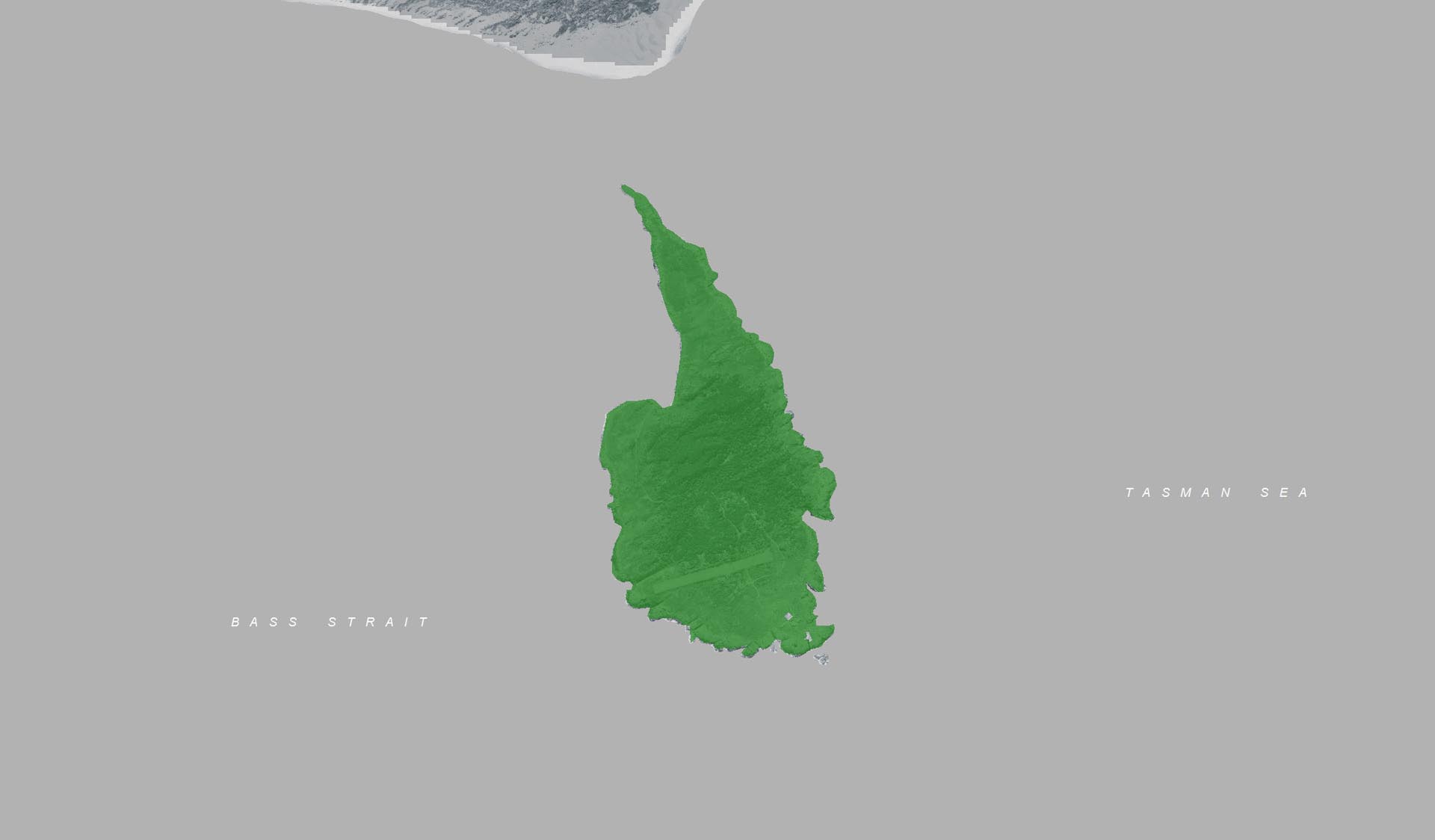Explore
Gabo Island Harbour to Lightstation walk (Gabo Island Lighthouse Reserve)
Keep a look out for passing whales, dolphins and seals. Common species of whale sighted from the Island include Southern Right Whale, Humpback Whales, and Killer Whales. Whales pass Gabo Island on their annual migration south to feed in Antarctic waters in October and November and then return during May to July on their northern migration to calve in tropical areas. Pods of dolphins are also regularly sighted; species include Common Dolphins and Bottlenose Dolphins. Australian and New Zealand Fur Seals are also commonly seen basking on the rocks Gabo Island is also considered to be a site of zoological significance as it is possibly the largest breeding colony of Little Penguins in the world.
The Grade 2 walk begins from the harbour. Follow the track which is 2 Km to the Lighthouse and takes about 45 minutes one way then return the same way. Day visitors must book lighthouse tours with licenced tour operator. A toilet is provided for day visitors at the Light station.
Visitor Tips:
Day Visitors are advised to stay on the track as Penguin’s nest off the track and burrows which are hard to see are everywhere. Phone reception is limited.
How to get there
Gabo Island Harbour to Lightstation walk (Gabo Island Lighthouse Reserve)
Need to know
Gabo Island Harbour to Lightstation walk (Gabo Island Lighthouse Reserve)
Safety in nature
You can benefit both mind and body when you get outdoors to explore and experience Victoria's natural places. Before you go, take a look at our safety tips and check our changed conditions and closures information for a great visit.
Accessibility
Visiting a park can be more of a challenge for people with disabilities, however, in Victoria there are a wide range of facilities to help people of all abilities enjoy our wonderful parks around the state. Parks Victoria provides a range of a equipment, including all-terrain and beach wheelchairs, facilities, accommodation and accessibility information and programs to help you plan and enjoy your visit to Victoria's parks.
Assistance dogs are welcome in Parks Victoria parks and reserves. Entry requirements apply for parks and reserves that are usually dog prohibited, such as national parks.
Warnings & Restrictions
Dogs
Restrictions
- No fires permitted
- No camping
- No firearms allowed
- No dogs allowed
- No drones without a permit
- Management vehicle only
Warnings
-
Terrain hazards
- Uneven ground
-
Other warnings
- Vehicles
- No mobile phone reception


